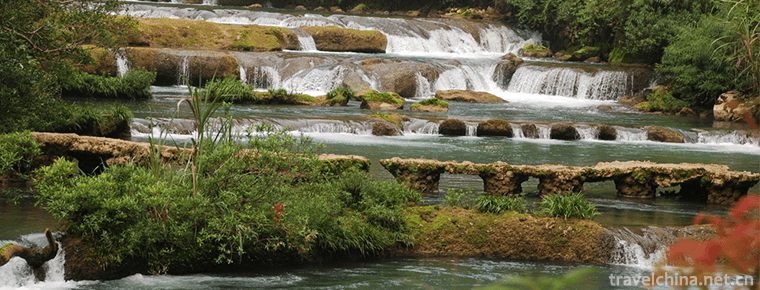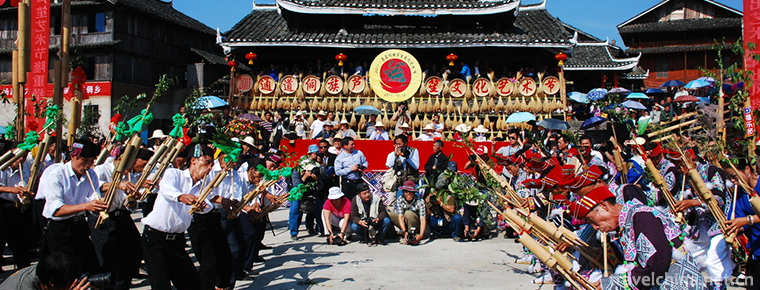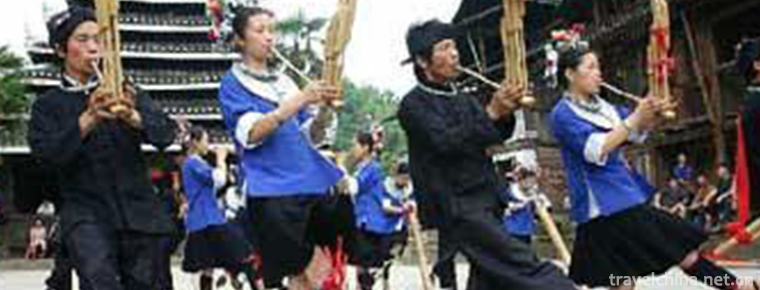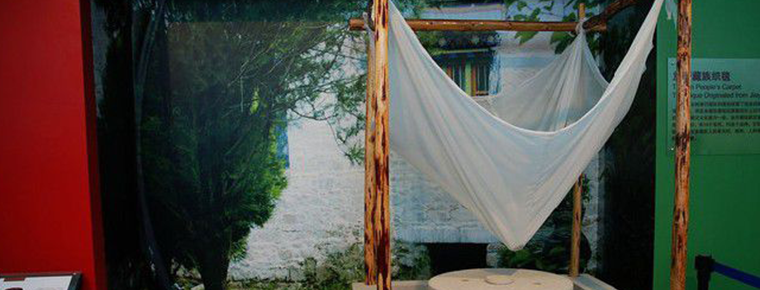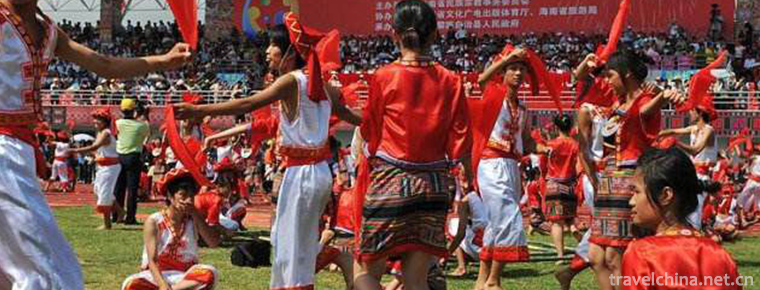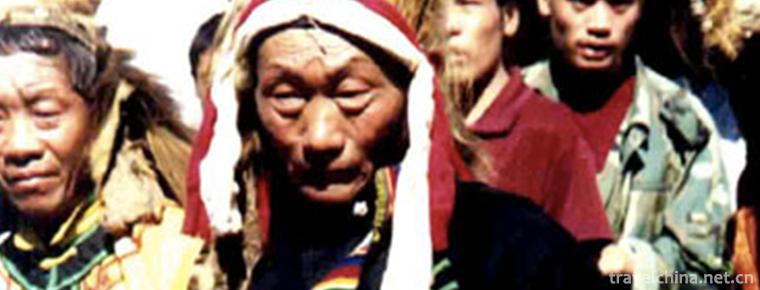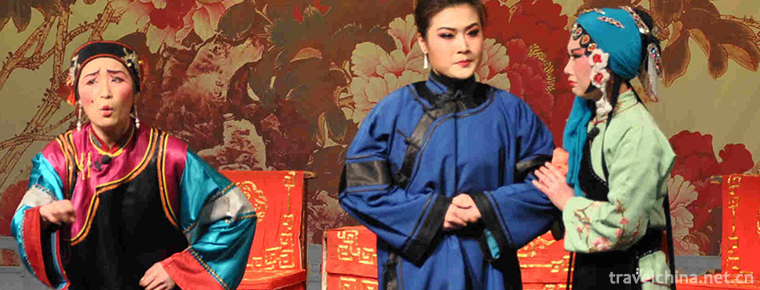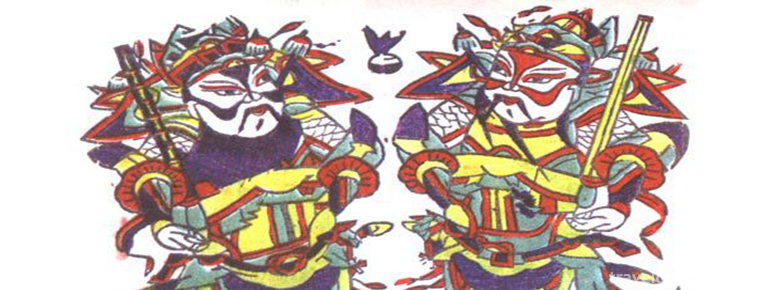Yicheng Qinshu
Yicheng Qinshu
Yicheng Qinshu is called "Qinshu" because its main accompaniment instrument is Yangqin. Yicheng Qinshu is an ancient traditional folk art. Legend has it that it originated in the late Yuan Dynasty and was popular in the border areas of Henan, Shaanxi and Shanxi provinces centered on Yicheng, Shanxi. The singing tunes can be divided into two categories: cymbal tune with cymbal Festival and drum tune with octagonal drum festival.
On May 23, 2011, the "Yicheng Qinshu" declared by Yicheng County of Shanxi Province was listed in the third batch of national intangible cultural heritage list with the approval of the State Council.
historical origin
Yicheng Qinshu is a native folk art of rap and singing, commonly known as "local book" on the fertile soil of Yicheng, Shanxi Province, which has thousands of years of cultural heritage. According to the records of Yicheng County Chronicle and Liyuan Centennial Trivial Records, Yicheng Qinshu originated in the prosperous period of Yuan Dynasty miscellaneous opera and was popular in Henan, Shaanxi and Shanxi provinces with Yicheng as the center. With a long history and unique charm, it can be regarded as a wonderful flower of folk art.
Yicheng Qinshu was a folk song in its early stage. The singing artists, with a violin, a wooden fish and an octagonal drum, played and sang by themselves, traveling through villages and alleys. Every place, in the streets, alleys or people's courtyards, set up a table, one person holding cymbals or playing piano, one hand pulling four beards, at the same time, one foot stepping on the Wooden Bangles tied with ropes, hitting small wooden fish fixed on the table, both hands and feet, playing and singing together. When singing emotional climax, the lead singer holds the octagonal drum, beats the drum point with the finger, while dancing the silk ears of the drum body, appears particularly beautiful and wonderful.
During the Ming and Qing dynasties, the number of people in the Qinshu group gradually increased to three to five. Meanwhile, Banhu, flute and other musical instruments were added. New developments have also been made in tunes. At the end of the Qing Dynasty and the beginning of the Republic of China, the singing art of "floor stall" was gradually formed, which was sung by people and accompanied by many people.
Since the 1970s, Yicheng Qinshu has carried out bold reforms on the basis of inheriting the tradition. Literary and artistic workers in Yicheng County tried to change the role-based singing of Yicheng Qinshu into the role-playing singing of actors, from the "floor stall" to the stage performance. At the same time, music has added drum board, horse gong, Gong and high-pitched Banhu music. After years of tempering and reform, a unique new local opera has gradually formed, known as "Yicheng Qin Opera". In 1982, the Yicheng Qin Opera Troupe was formally established, marking the formal transformation of Yicheng Qin scripts from the form of opera to the form of opera.
Yicheng Qin opera has absorbed the essence of local opera, eyebrow and folk music in its continuous development, making music and music more colorful. In the selection of plays, the traditional operas Shanshiting and Xianliangzhuan were carefully rehearsed to make this new art of piano opera shine brilliantly on the stage. At the same time, the Qin Opera Troupe has also arranged modern operas in a rigid manner, which has greatly boosted the reputation of the Qin Opera.
artistic characteristics
content
Qinshu is a combination of language and singing music to narrate stories, shape characters, express ideas and feelings, and reflect social life. Generally, narrative is the main part, with endorsement as the supplement, and combined with action and expression, singing.
Singing instruments
The accompaniment instruments of Yicheng Qinshu mainly include Yangqin, Sihu, Sanxian, octagonal drum, wooden fish and so on. When singing, the number of actors is usually three or four.
Performing Form
The forms of performance include sitting, walking, dismantling (singing in different roles), and colourful singing (masquerade performance).
Music for voices in a Chinese Opera
The structure of the aria belongs to the slab style, but there are also some elements of the Qupai. There are two kinds of music art: cymbal tune of cymbal Festival and drum tune of octagonal drum festival. The main board types are adagio, 28th board, flying board and drum cavity.
Regional characteristics
First of all, influenced by the geographical and social environment, Yicheng County is closely related to some cities and counties in the north of Henan Province. Henan local operas are indispensable in the music components. Secondly, Yicheng local "folk songs" are also an important part of Yicheng Qinshu melody. The local dialect of Qinshu is also an important part. The "original taste" of the dialect is also one of the factors favored by the local people.
In the performance of Yicheng Qinshu, one of the most exquisite skills of the Qinshu is the drum beating in the "drum tune". Whenever a paragraph or a long passage is returned, the rapper holds the octagonal drum, shakes his dexterous fingers and plays the drum while expressing the inner distress, narration and recollection of the characters, causing a fever. The intense atmosphere, and then the tone change singing, will naturally bring the audience into the next plot.
representative figure
Representatives include: Zhang Dianjun, Cui Dao'an, Li Xiangyu, Wang Haixiang, etc. Representatives include: Chai Huan Jiu, Killing Dogs and Advising Husband, Zhang Antique Lending Wife, Little Widow Going to Tomb, Ten Little Monks, Enemy Military Workers Team, Ouyang Hai Song, Watching Melon, Steering Wheel, etc.
Inheritance Significance
Yicheng Qinshu is divided into two major schools: South Road and North Road. The main difference is that the north road is mainly composed of local tones, using levy tones; the South Road absorbs Henan folk tones and uses Palace tones. The value of Qinshu is not small, it is worth inheriting.

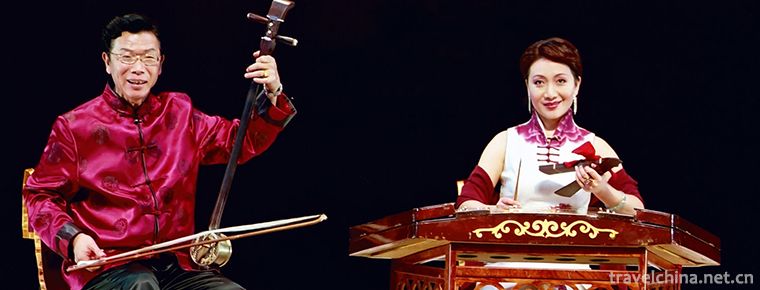
-
Libo Zhangjiang Scenic Spot
Libo Zhangjiang Scenic Spot is located in Libo County, Buyi and Miao Autonomous Prefecture, Guizhou Province, with a total area of 118.8 square kilometers. It is composed of big and small Qikong sceni.
Views: 182 Time 2018-12-12 -
Ancient songs of Miao Nationality
Miao Ancient Songs, local traditional folk literature in Taijiang County and Huangping County of Guizhou Province, is one of the national intangible cultural heritage..
Views: 220 Time 2018-12-15 -
Zhaozhou Bridge
Zhaozhou Bridge, also known as Anji Bridge, is situated on the Juanhe River in Zhaoxian County, Hebei Province. It spans more than 37 meters across the river. Because all the bridges are built of ston.
Views: 178 Time 2019-03-17 -
Dong year
In Dong year, Dong language is called Ninggan, also known as Winter Festival or Yang Festival. Winter Festival was originally a festival of Yang surname of Dong nationality. .
Views: 343 Time 2019-04-27 -
dongjing music
Dongjing music is a very ancient traditional instrumental music, which originated in Sichuan Province in the Song Dynasty and is now popular in Sichuan Province.
Views: 118 Time 2019-04-28 -
Production Techniques of Lhasa Jiami Water Mill
Jiami Water Mill was built in the 17th century A.D. It shows the outstanding ability of Tibetan people in mechanical manufacturing and grain processing. It makes full use of natural spring water to gr.
Views: 319 Time 2019-05-10 -
March 3rd Festival of Li Nationality
The third day of March (the third day of the third month of the third lunar month) is the grandest traditional folk festival of the Li people in Hainan Province. It is also a beautiful day for the you.
Views: 199 Time 2019-05-12 -
Qiangge war
The Battle of the Qiang is the most famous one among the folk epics of the Qiang people. It describes the history of the ancestors of the Qiang people who had experienced hardships and hardships.
Views: 164 Time 2019-06-10 -
Wuyin Opera
Wuyin opera has a history of nearly 300 years. Its singing style is graceful and charming. It is known as "Northern Yue Opera". Its occurrence, development and finalization have gone through.
Views: 134 Time 2019-06-29 -
Zhuxian Town Wood Print New Year Picture
Zhuxianzhen Wood Engraving New Year Picture is one of the ancient Chinese traditional crafts. As the originator of Chinese woodcut New Year pictures, is mainly distributed in Kaifeng, Zhuxian Town and.
Views: 134 Time 2019-08-10 -
Chunqiu Temple
Chunqiu temple, also known as Chunqiu pool and Chunqiu Pavilion, is located in Yandian street, Xuyong county (Xuyong town), Luzhou City, Sichuan Province. It is mainly dedicated to Guan Sheng emperor. It is said that Guan Yu likes to read the biography of the left family in the spring and Autumn period, so it is named Chunqiu temple..
Views: 222 Time 2020-10-15 -
Neijiang cultural undertakings
By the end of 2019, there are 121 performing arts venues in Neijiang City, including 6 cultural venues. There are 5 museums, 5 cultural relics protection and management institutions, 7 national key cultural relics protection units, 42 provincial cultural relics.
Views: 281 Time 2020-12-16
